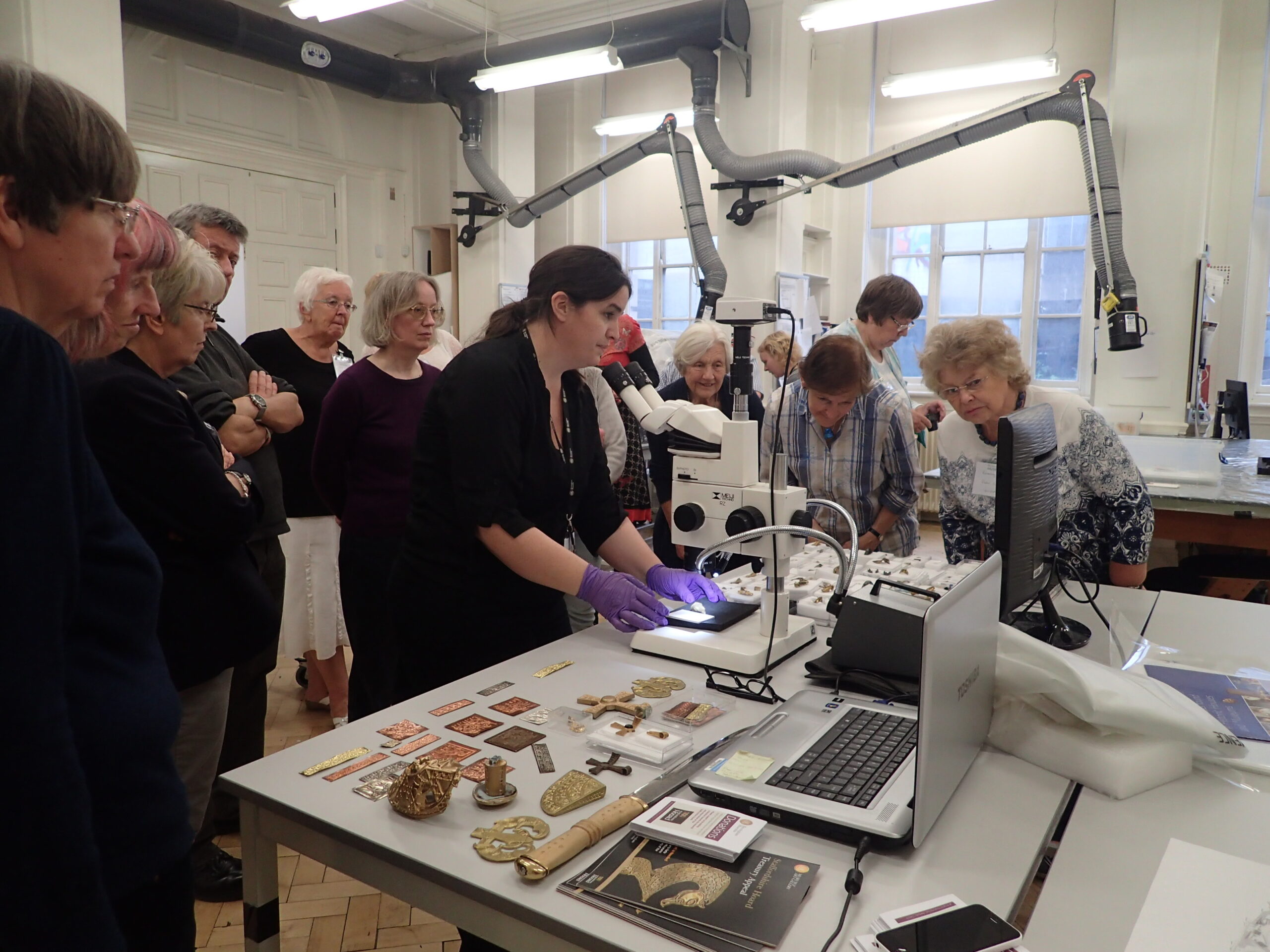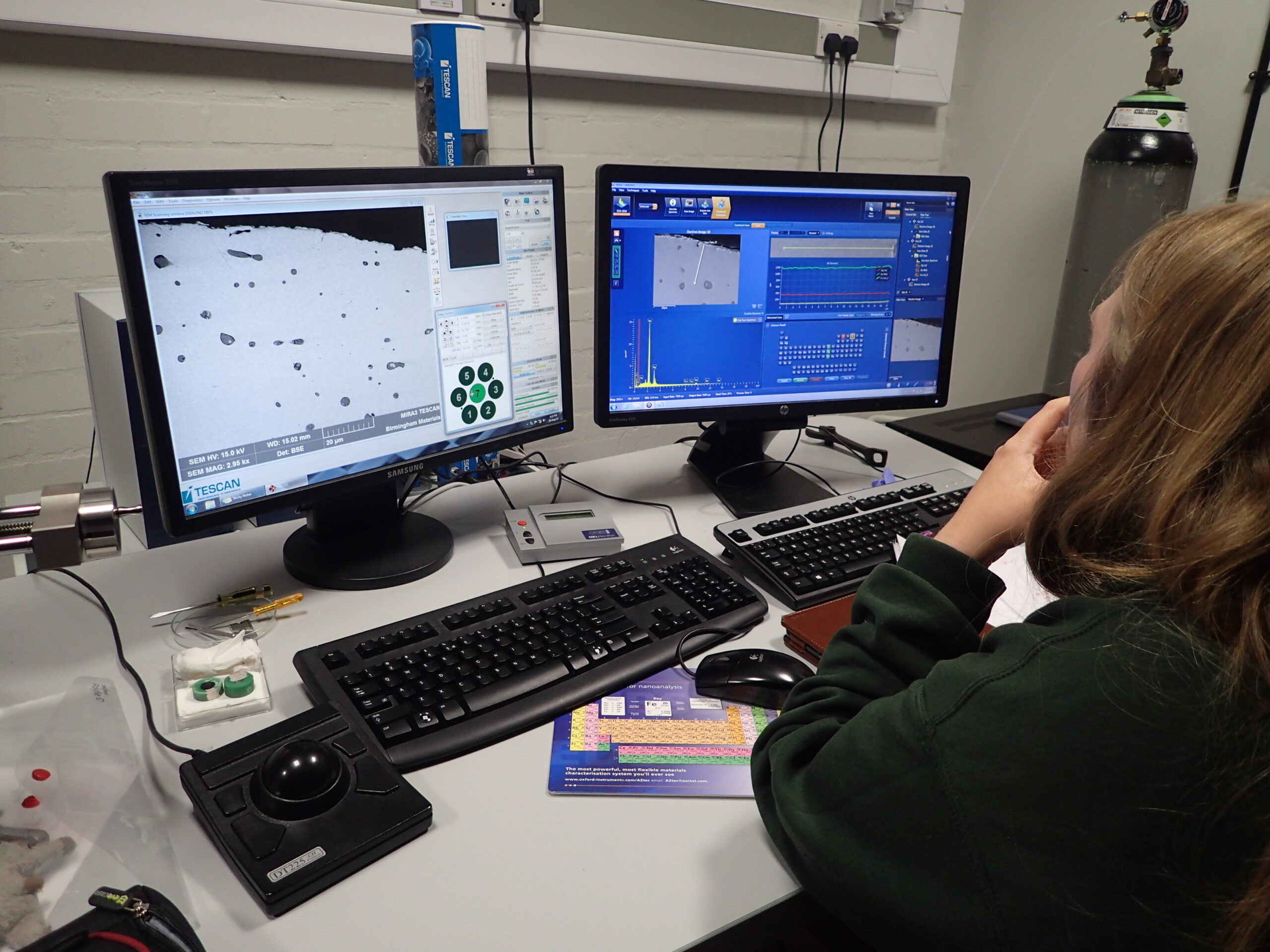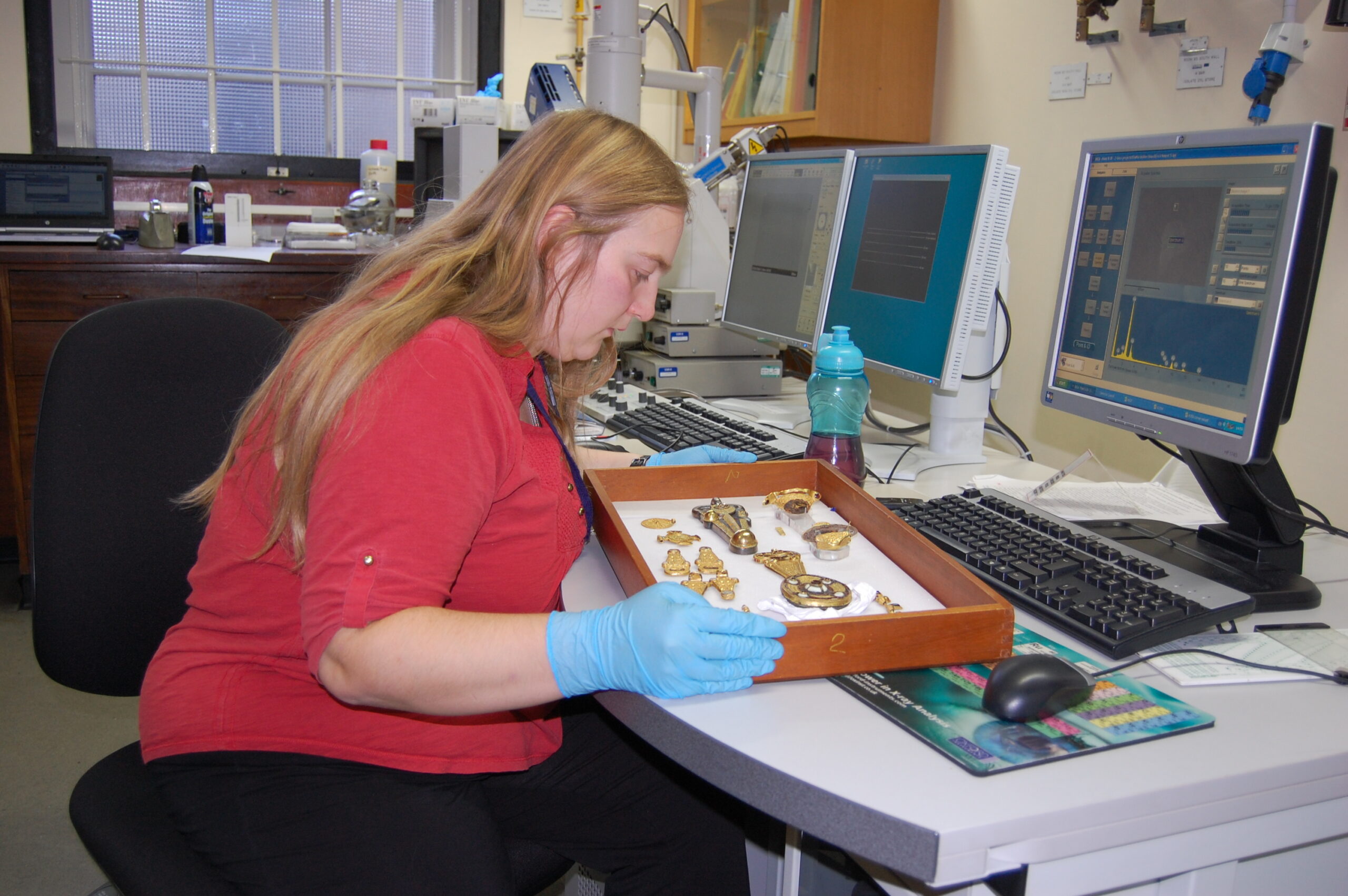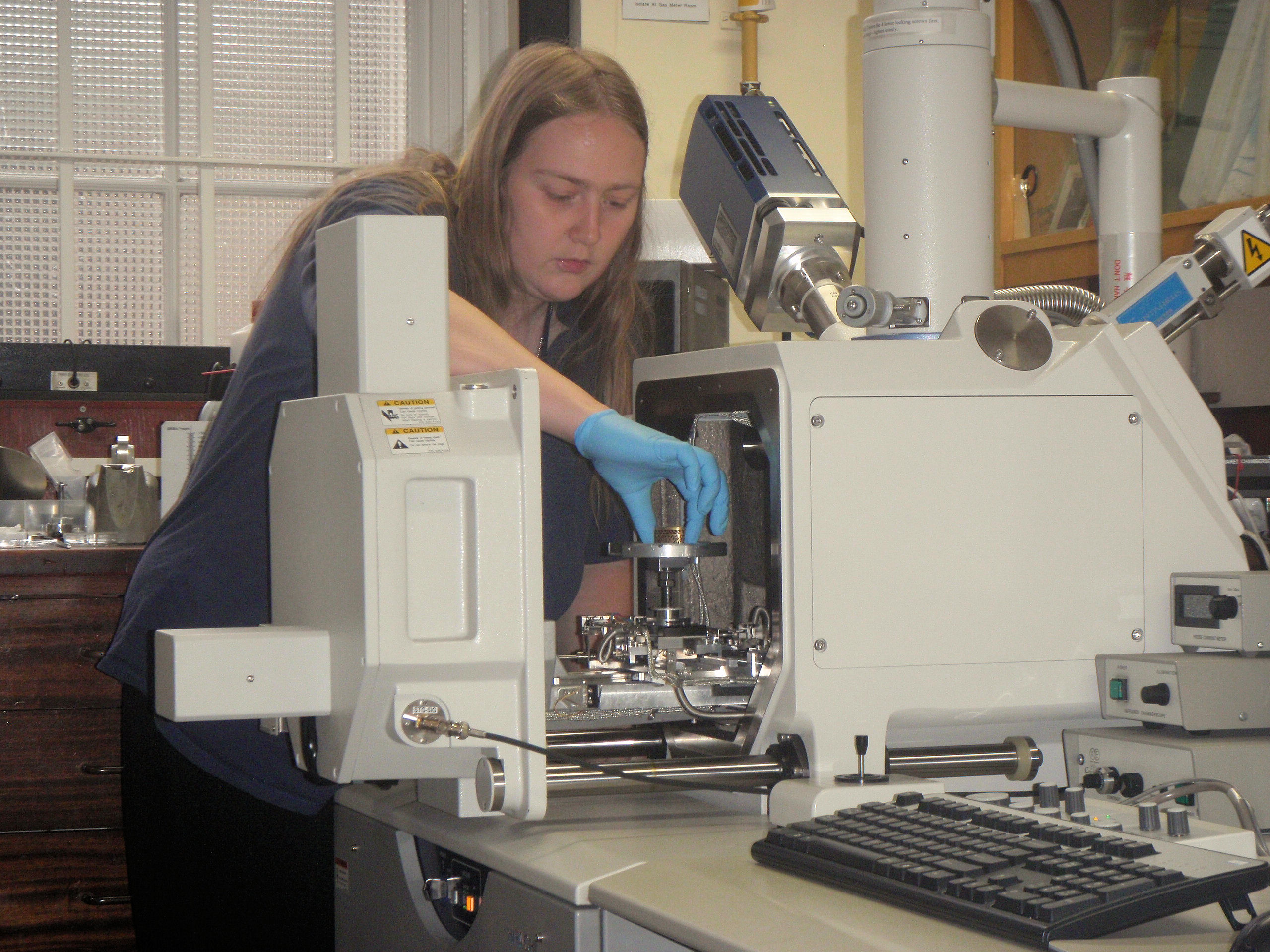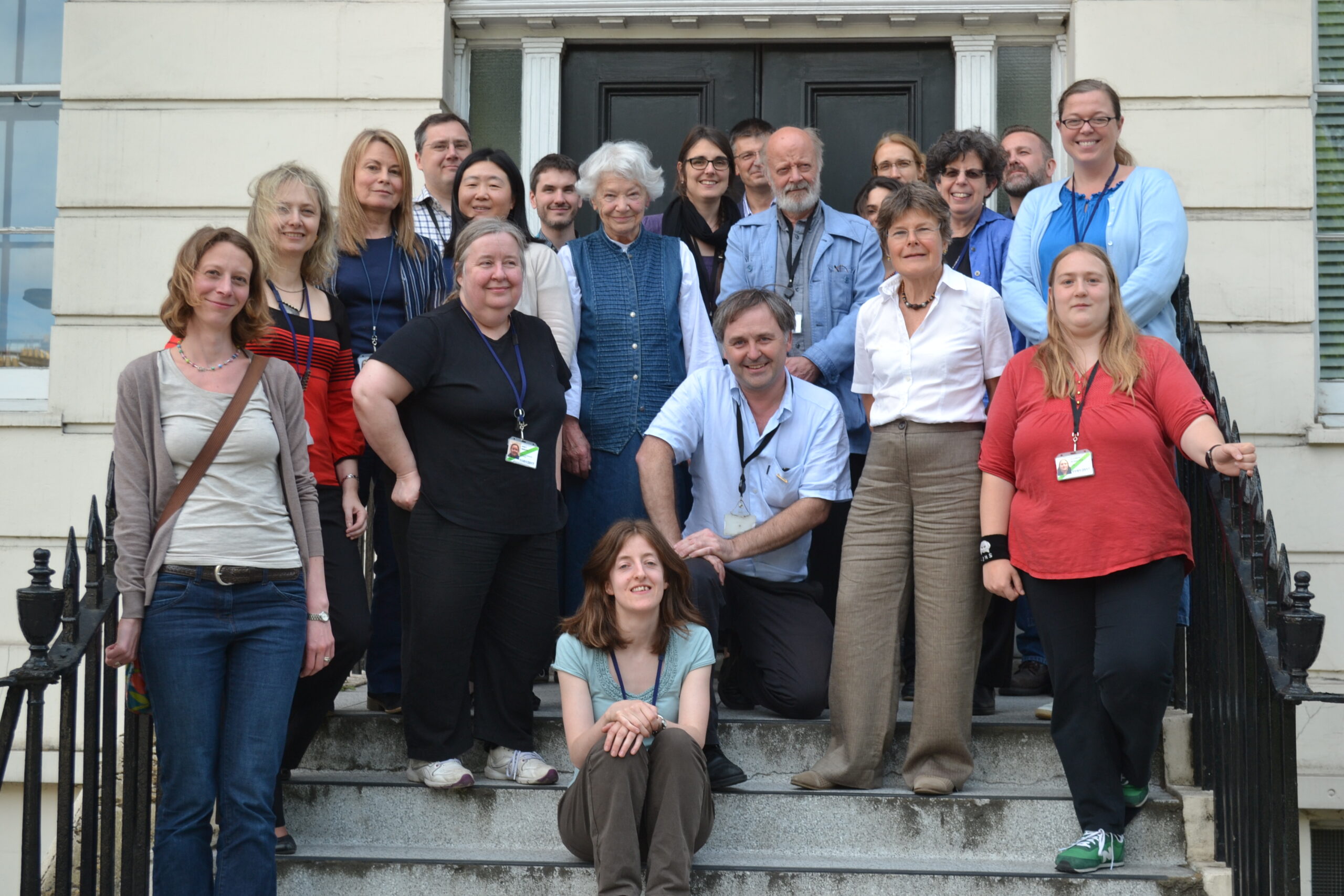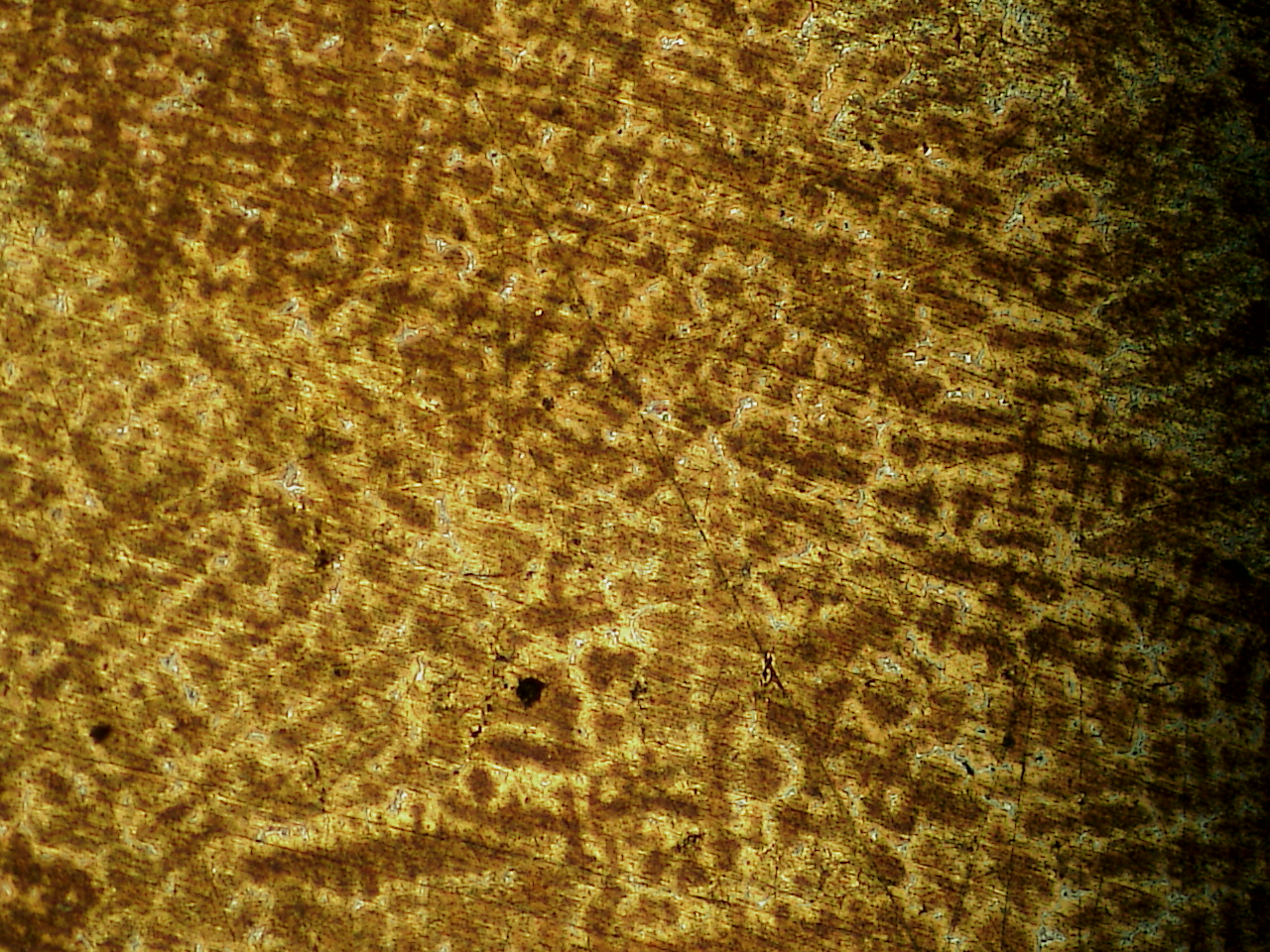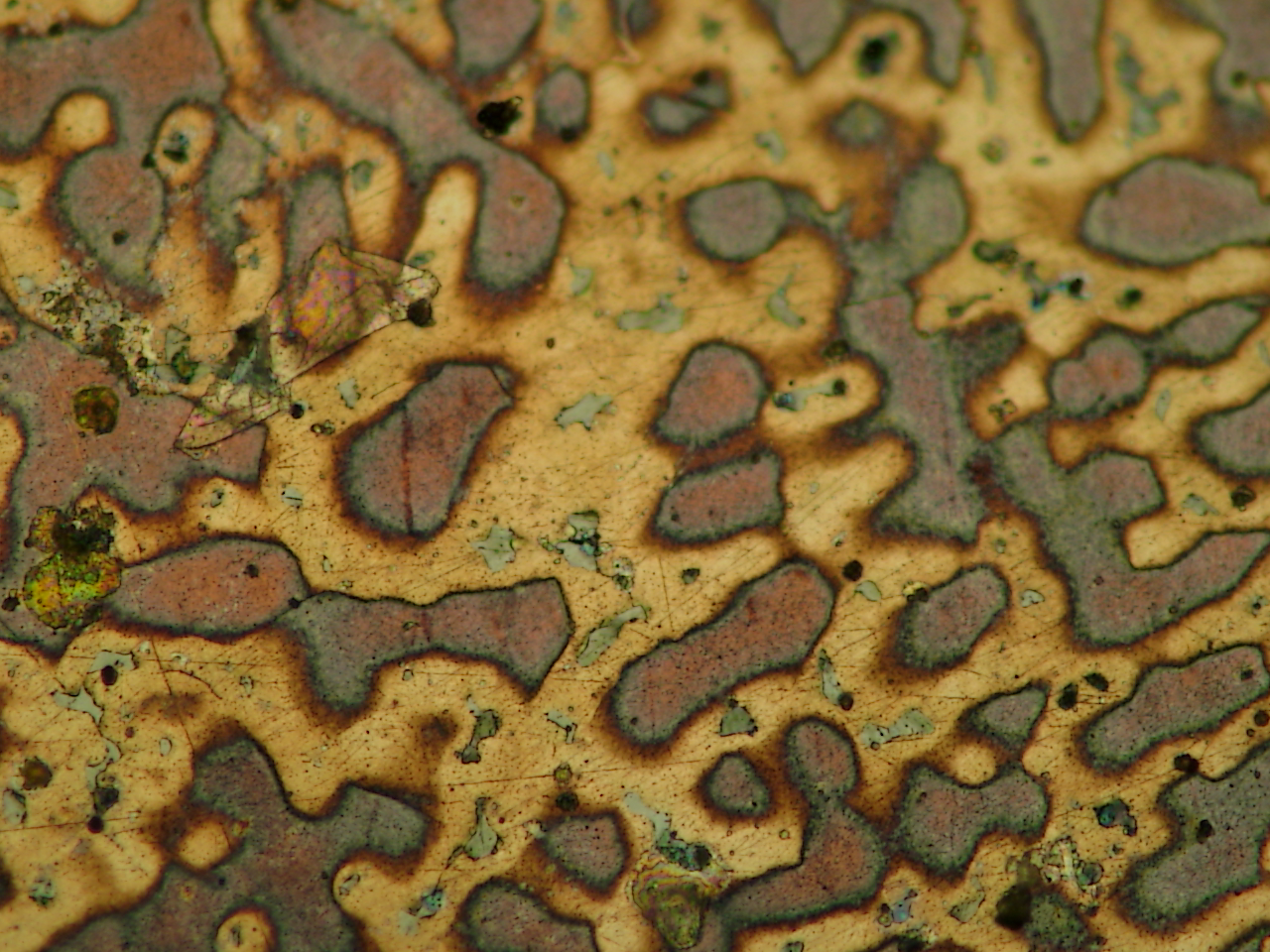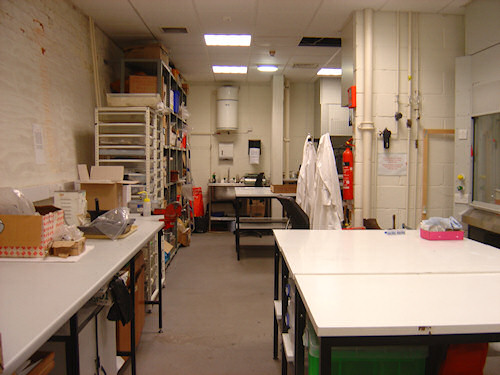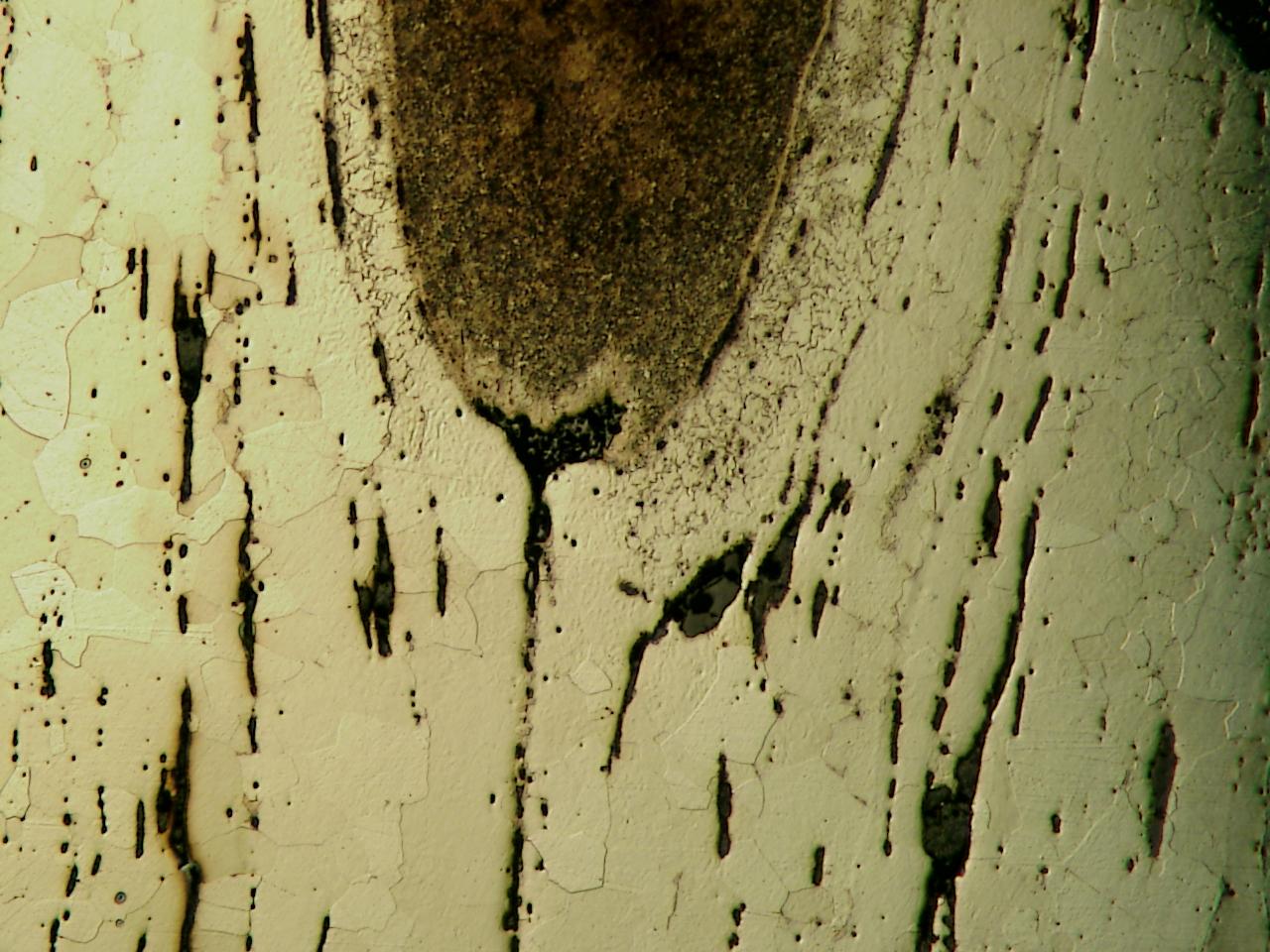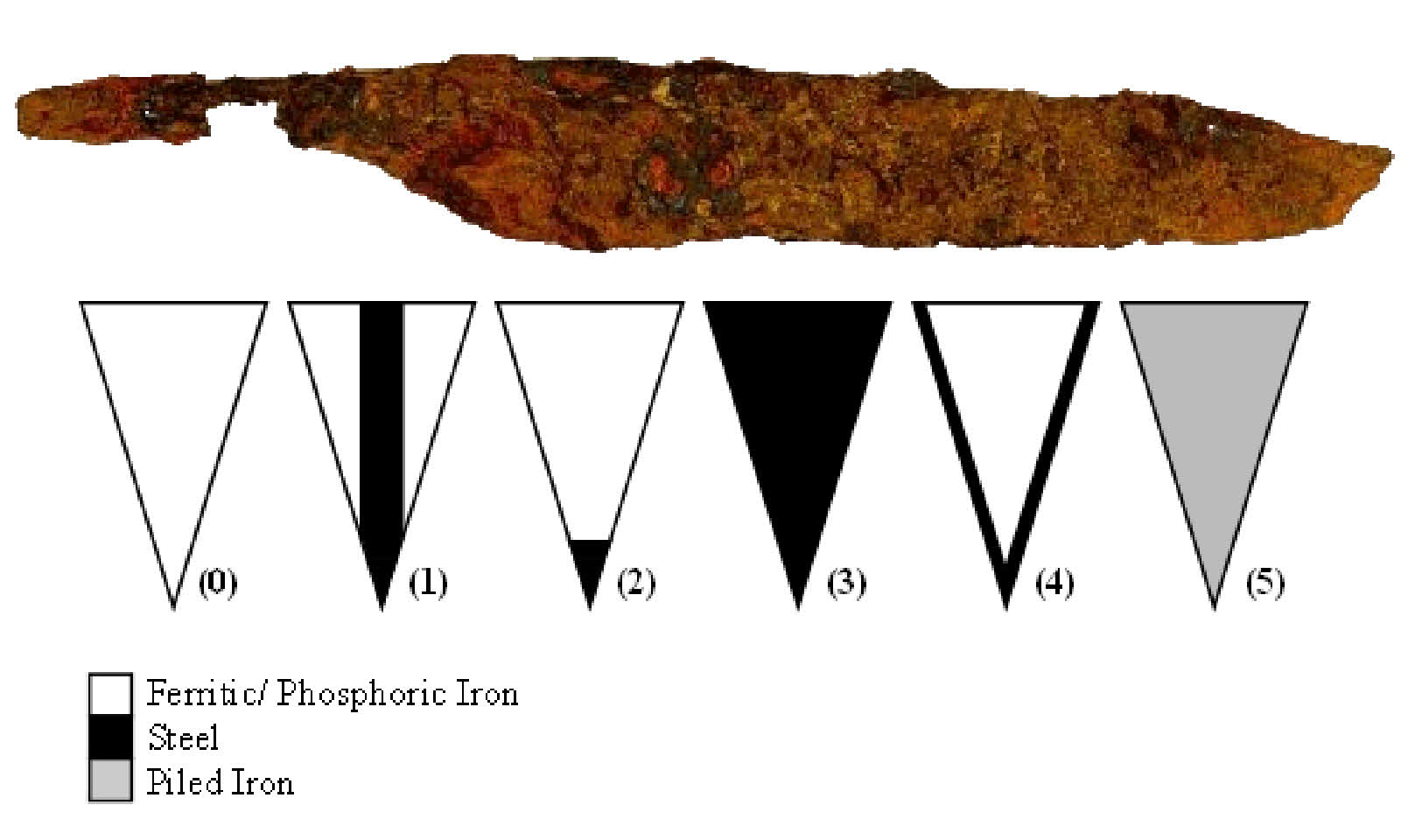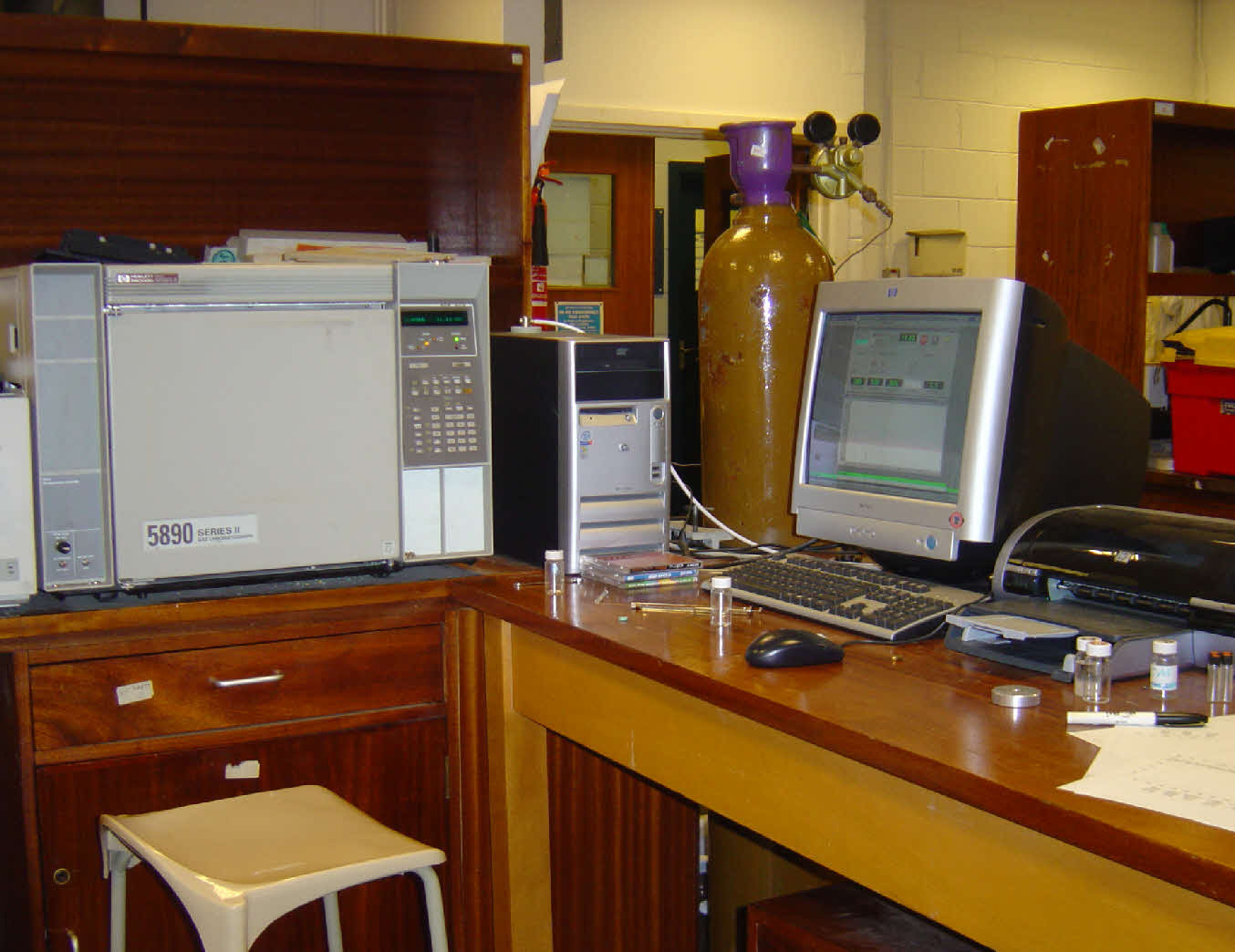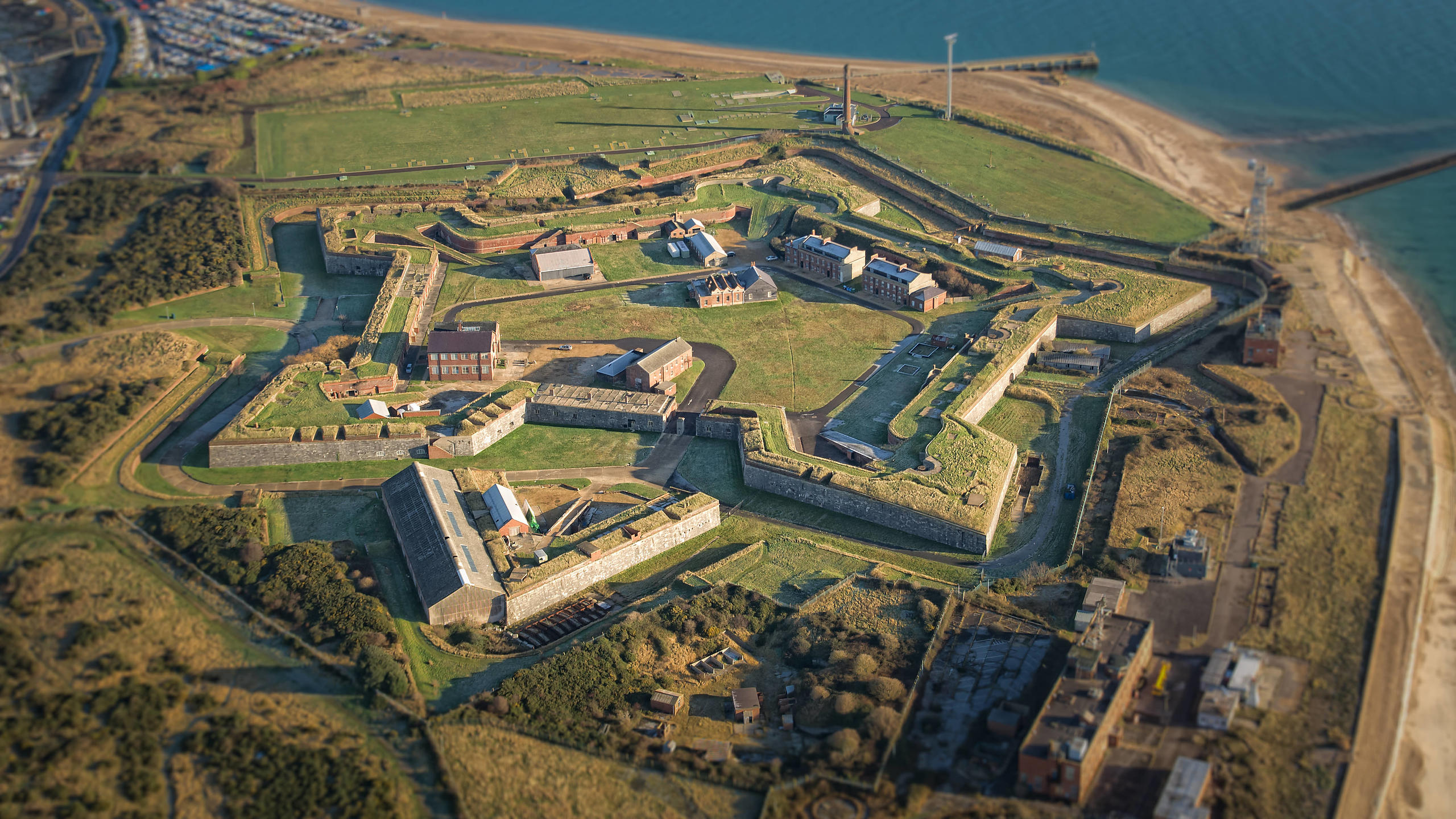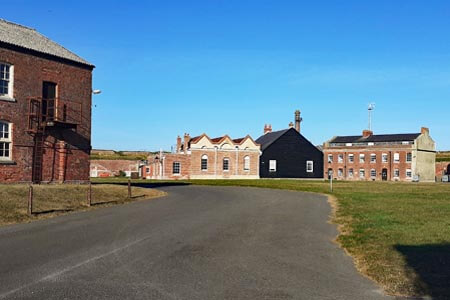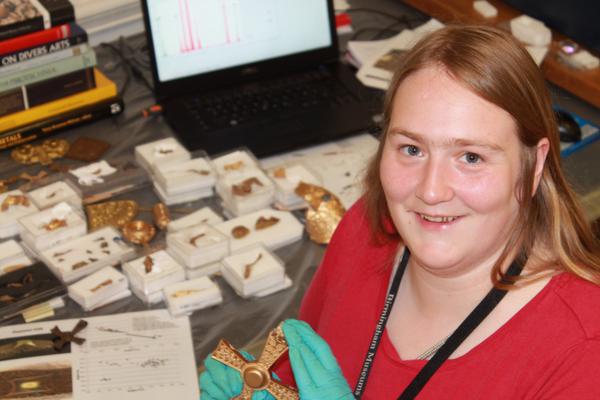
Staffordshire Hoard Scientist at Birmingham Museum and Art Gallery
2015-2016
A year post at the Birmingham Museum and Art Gallery funded by the Esmee Fairbairn foundation. I carried out more analysis of the metals in the Hoard at Birmingham Museum. There were two major projects planned. First, a large study of the silver in the Hoard using XRF to see if we can see any differences in composition over time, or whether different types of objects were being made out of different alloys. The second project was to investigate more about the surface treatment taking place and to determine the solder used. I also found time to do a quick survey of the copper alloys in the Hoard and to study the niello objects.
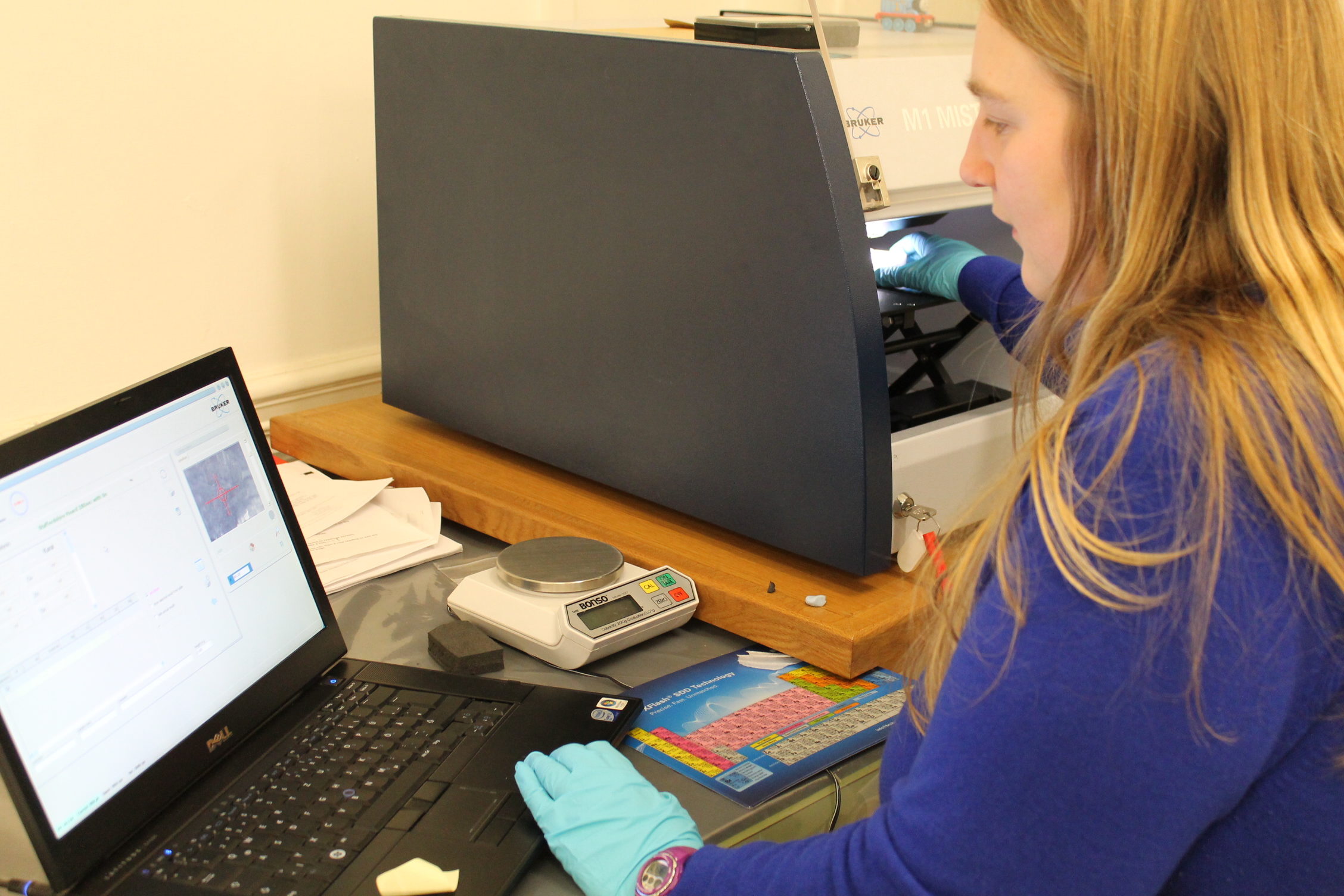

A major component of the funding for this post was outreach. For this wrote several blogs, presented at conferences and was involved in behind the scenes tours and meet the expert events. It was great to be able to share the latest Staffordshire Hoard research with the public.
